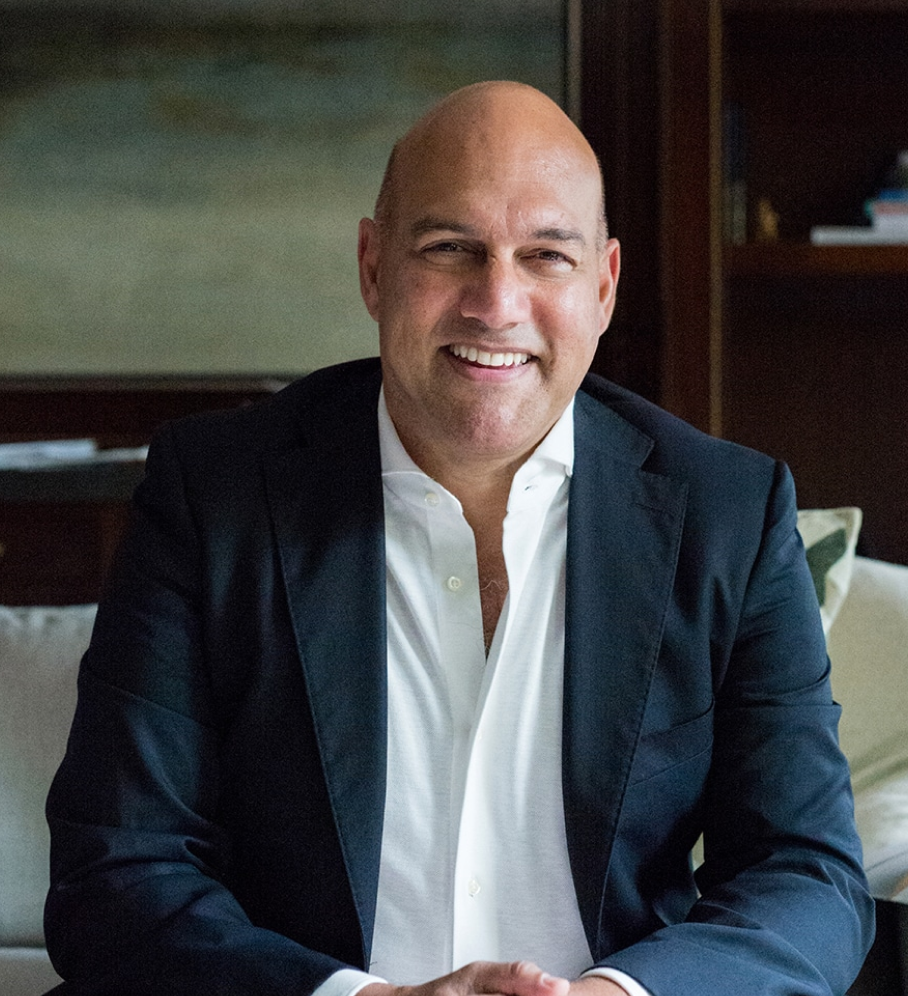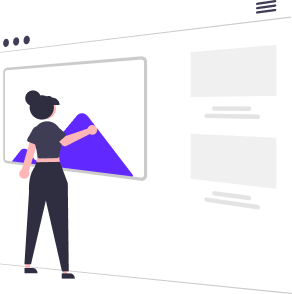Step 6 - Find a Business Model
It is important to understand that if you’re going to achieve a 10x improvement, there’s a strong likelihood that your company will require a completely new business model. As Peter has noted, the most exciting aspect of converging exponential technologies is how they will re-invent business models in the decade ahead. For example, imagine if fire insurance was used to prevent fires rather than paying you after your house burns down. Or if life insurance was to ensure you stay alive rather than pay your next of kin after you’re dead.
As the late great Clayton Christensen illustrated in The Innovator’s Dilemma (1997), disruption is mostly achieved when a startup offers a less expensive product using emerging technologies to meet a future or unmet customer need or niche. Christensen emphasized that it is not so much about the disruptive products themselves but more about new business models threatening incumbents. These days, we are finding that new business models typically include turning into platforms, then ecosystems, and finally, protocols. [In a conversation with Salim, Christensen acknowledged that his model didn’t account for cross-industry disruptions like Uber]
For example, Southwest Airlines treated its planes like buses and created an entire niche market for itself in low-cost, no-frill air travel. Google created the AdWords business model, which never existed before the advent of web pages.
How can you take an existing business and transform the delivery, pricing, personalization, and/or timing of the product or service so it is distinctly better? Think Netflix versus Blockbuster, both gave you access to movies, but Netflix brought the movies into your home, first as a mail order business sending DVDs and then streaming. Netflix flourished, and Blockbuster, which stuck to its old model of store-centric distribution, went bankrupt.
In his 2005 book, Free: The Future of a Radical Price, Chris Anderson expanded upon the lower cost positioning of the disruptor, noting that pretty much all business models—and certainly those that are information-based—will soon be offered to consumers for free. The popular “freemium” model is just such a case: many websites offer a basic level of service at no cost while also enabling users to pay a fee to upgrade to more storage, statistics, or extra features. Advertising, cross-subsidies, and subscription business models are other ways of layering profit-generating operations on top of what is essentially free baseline information.
Kevin Kelly expanded on this idea in a seminal post entitled “Better than Free,” which appeared on his Technium blog in 2008. In digital networks, anything can be copied and is thus “abundant.” So how do you add or extract value? What is valuable for customers? What is the new scarcity? What are the new value drivers? Kelly identified eight ways to build a business model when the underlying information is free:
-
Immediacy: Immediacy is the reason people order in advance on Amazon or attend the theater on opening night. Being the first to know about or experience something has intrinsic cultural, social, and even commercial value. In short: time confers privilege.
-
Personalization: Having a product or service customized just for you not only gives added value in terms of quality of experience and ease-of-use or functionality, but it also creates “stickiness,” as both parties are invested in the process.
-
Interpretation: Even if the product or service is free, there is still considerable added value to any service that can help shorten the learning curve to using it—or using it better. Kelly often jokes: “Software: free; the manual: $10,000.”
-
Authenticity: Added value comes from a guarantee that the product or service is real and safe. That it is, in Kelly’s words, “bug-free, reliable, and warranted.”
-
Accessibility: Ownership requires management and maintenance. In an era where we own hundreds of apps on multiple platforms, any service that helps us organize everything and improve our ability to find what we need quickly is of particular value.
-
Embodiment: Digital information has no “body,” no physical form until we give it one—high definition, 3D, a movie screen, or a smartphone. We willingly pay more to have free software delivered to us in the physical format we prefer.
-
Patronage: “It is my belief that audiences want to pay creators,” Kelly wrote. “Fans like to reward artists, musicians, authors, and the like with tokens of their appreciation because it allows them to connect. But they will only pay if it is very easy to do, the amount is reasonable, and they feel certain the money will directly benefit the creators.” He adds that another benefit of a simple payment process is that it capitalizes on users’ impulsiveness. Examples include iTunes songs and Spotify, as well as Netflix subscriptions. Customers choose to pay for each of these services even though the same content can be acquired through piracy.
-
Findability: A creative work has no value unless its potential audience can find it. Such “findability” only exists at the aggregator level, as individual creators typically get lost in the noise. Thus, attaching yourself to effective channels and digital platforms, such as app stores, social media sites, or online marketplaces where potential users can find you, has considerable value to creators (and, ultimately, to users).
We believe that Kevin has identified the business models of the 21st century. If you examine most information-based businesses, you’ll find one or more of the eight embedded in them.
Let’s return to the Business Model Canvas—and specifically partnering, which is one of its most productive features.
Fred Wilson of Union Square Ventures has shown that many incumbents in different industries are currently being disrupted—and not by just one startup but by many different startups all attacking one individual service within an industry. Wilson sees major disruption in business models as either “unbundling” or “re-bundling.”
Here’s what he means: a classic bank offers many services such as payment infrastructure, trust, mobile and social wallets, e-commerce and m-commerce solutions, lending, investments, stocks, etc. It is a consolidated or aggregated offering of different individual financial services. Those banks are now being disrupted by a variety of financial startups, including Square, Stripe, Wise, Lending Club, Robinhood, Kickstarter, eToro, Estimize, and more recently, DeFI (or Decentralized Finance). We consider this fragmentation of individual financial services a form of unbundling.
Now, what if all these startups decide to cooperate or merge within the next five years? What if they agreed to create alliances via open APIs? What if they partnered and re-bundled? You’d end up with a completely new bank with at least 10x less overhead than its predecessors, as the new entity would require less real estate and far fewer employees.
Let’s note that most of the successful blockchains are protocols that have used gamification and token economics to attract, galvanize and activate a community. Basically, they are ExOs.
In sum, Step 6 is about creating new business models, which increasingly tend towards free and freemium models. These new business models have, potentially, eight new value drivers to generate revenues and differentiate them from competitors. It also allows for a long-term strategy to align with adjacent ExOs in a particular industry to fully disrupt incumbents rather than just one individual good or service. Talk about a powerful double-disruption scenario.
Join Our ExO Community - Unlock Exponential Growth!
Traditional growth models risk obsolescence. Learn how to become an Exponential Organization (ExO) and drive innovation with disruptive technologies. Sign up now!
Organizations implementing the formula have delivered over
- ⭐ 6.8x high profitability
- ⭐ 40x higher shareholder returns
- ⭐ 11.7x better asset turnover
- ⭐ 2.6x better revenue growth








